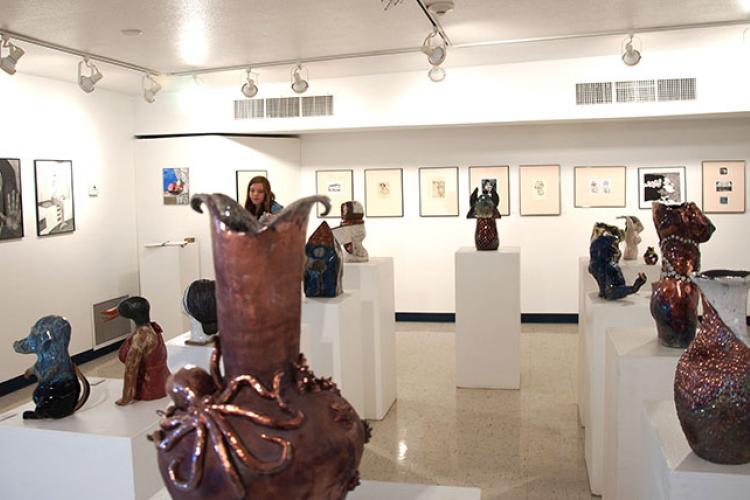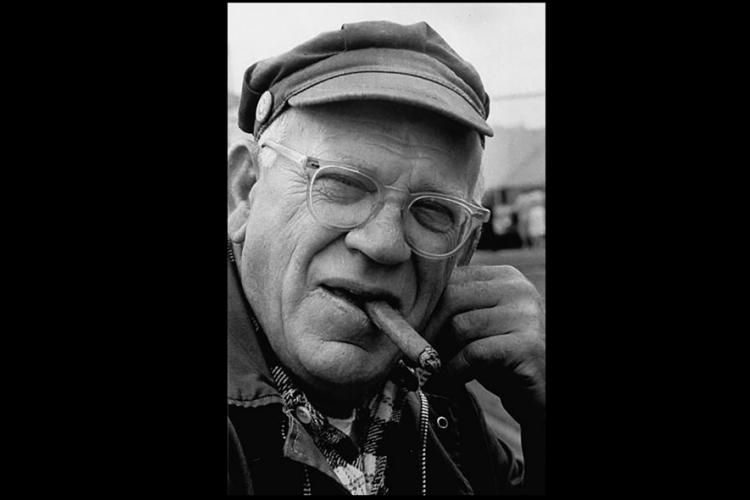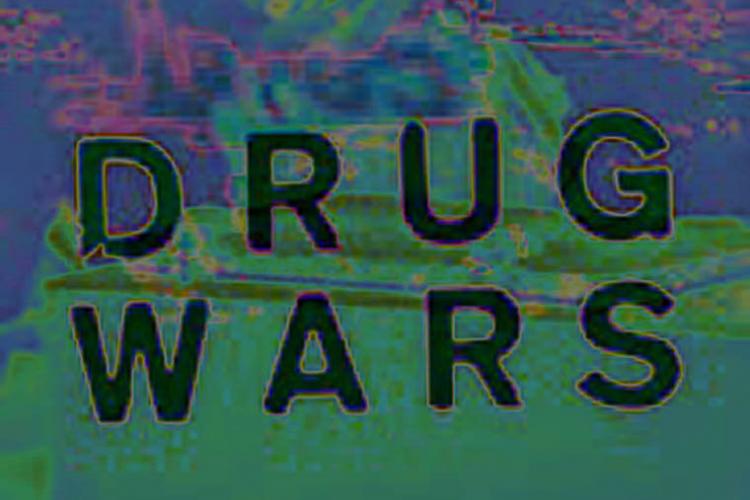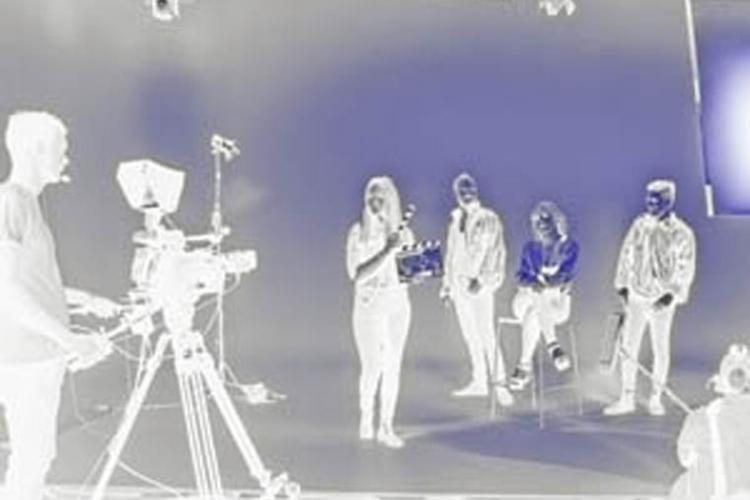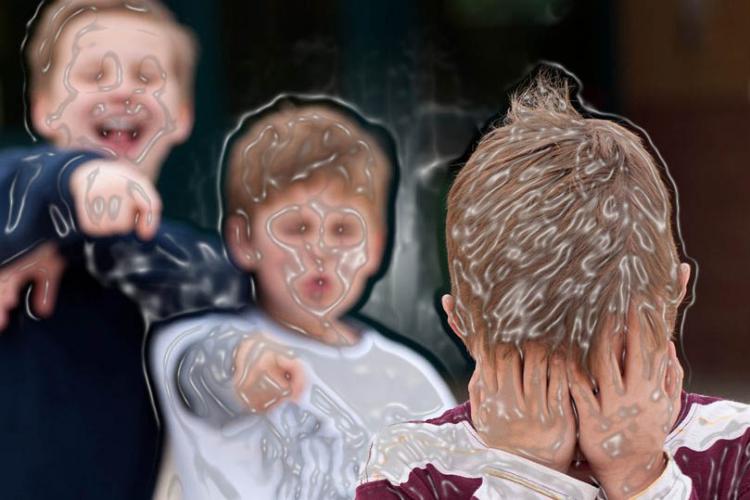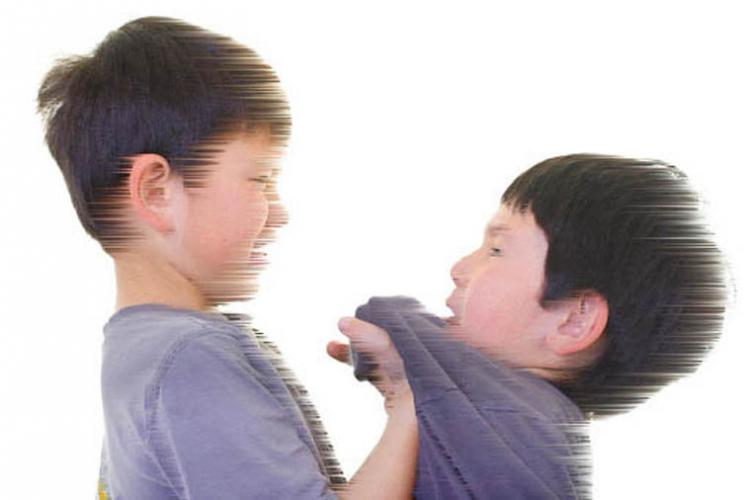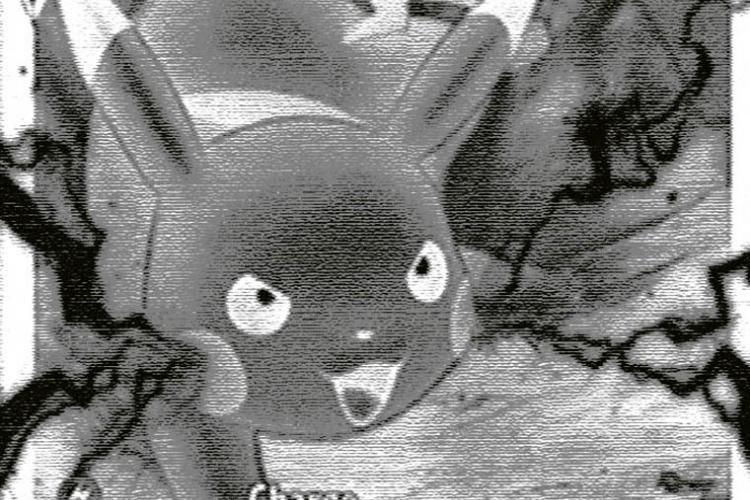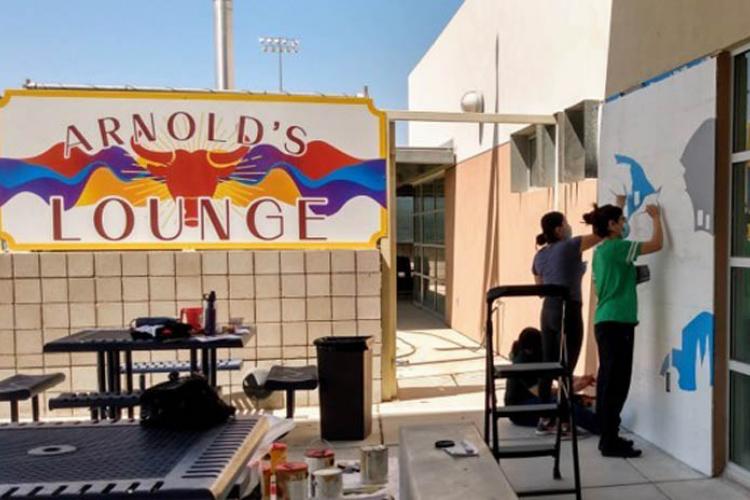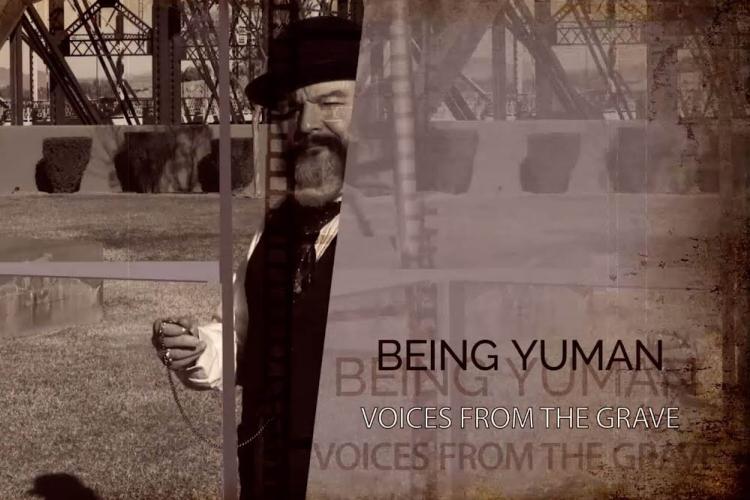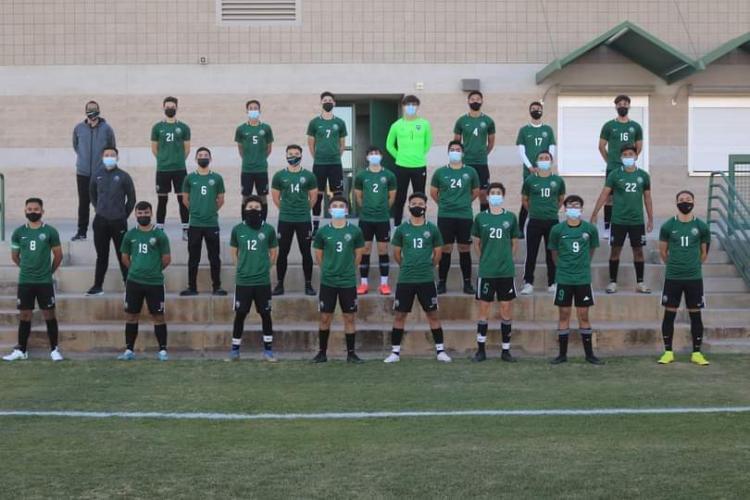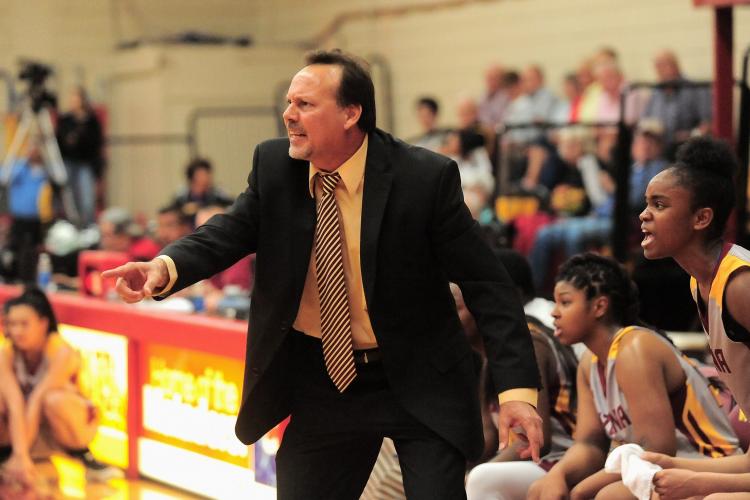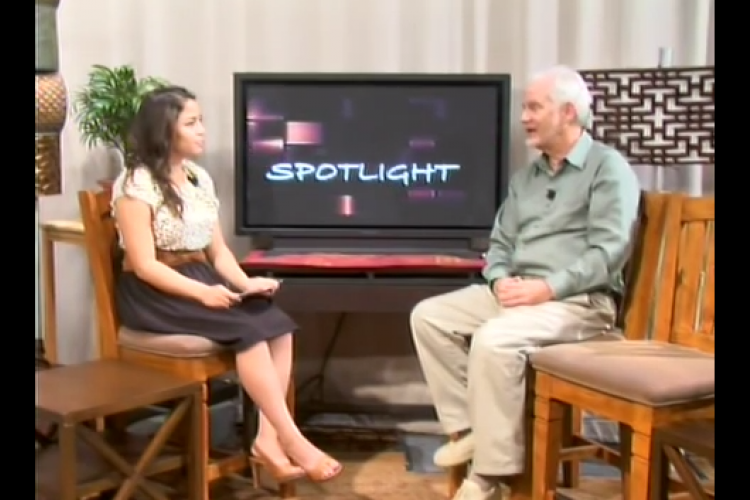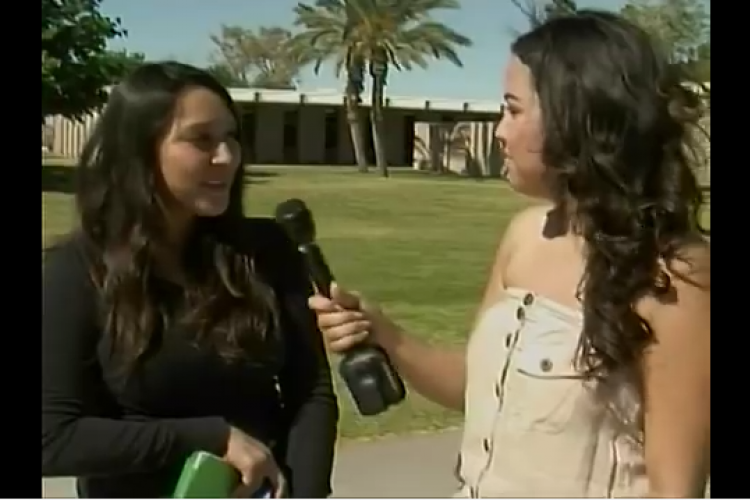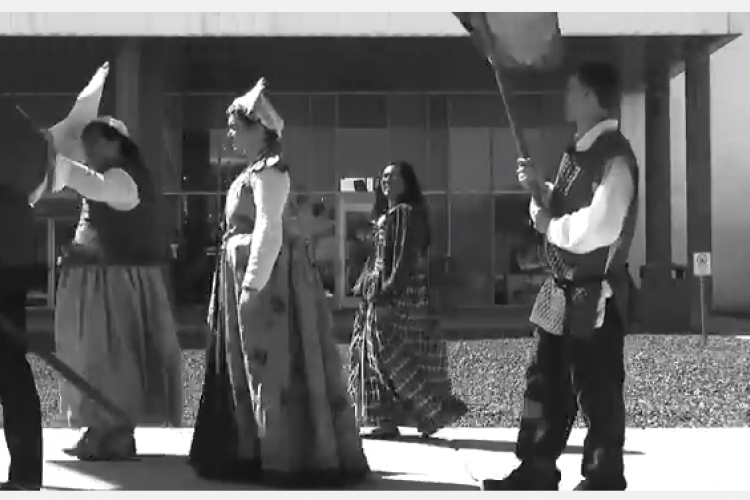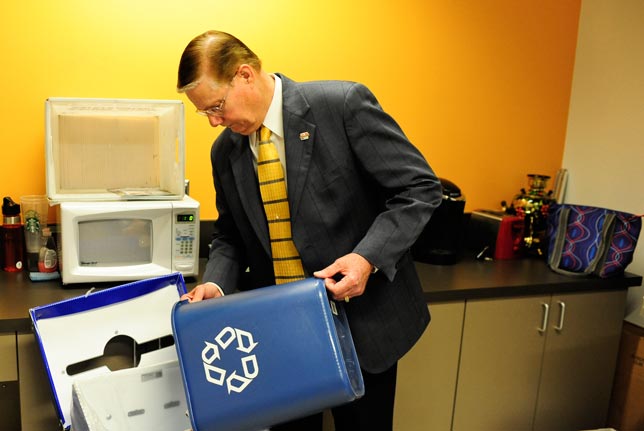
Arizona Western College is leading by example. The college has implemented programs that contribute to raising environmental awareness and encouraging active participation in recycling programs.
Recycling diminishes land needed for landfills, preserves natural resources, reduces pollution, saves energy, reduces greenhouse gas emissions, and stimulates the development of green technology. Steve Eckert, AWC Director of Operations, Facilities Management and Planning, stated that to date AWC has cut by 50% the amount of trash sent to the landfill. AWC has to pay to have trash hauled away. This has resulted in a huge savings. Eckert explained that this extra money is used to enhance student's lives on campus. Eckert and the Sustainability Council instituted the current recycle programs.
Around campus you may have seen the brown and blue bins or the recycle bins shaped liked a bottle. Have you wondered what the difference between a recycle bin and a trash bins is? These bins offer you the opportunity to participate in making a difference in the small community of this campus that will eventually make an impact on the world at large and future generations?
Outside and inside of the 3C building are blue bins for recyclable products and brown bins for trash. Bin buddies are located in individual offices (blue recycle bins with detachable black bins for trash). There is a rational learning curve into understanding what is distributed between the trash bins and recycle bins. A guideline for distribution to the bins follows:
Blue Recycling containers and bottle shaped bins:
- Aluminum and steel cans: beverage cans, soup cans, vegetable cans, pet food cans, used foil and foil pie plates.
- Cardboard: old cartons, toy and product packaging, corrugated boxes, cereal boxes, soft drink boxes and other boxes.
- Paper: newspapers, magazines, catalog books, glossy sales papers, junk mail, phone books and directories.
- Plastics (types 1-7): milk and juice containers, plastic bottles, detergent bottles, hard plastics with the numbers 1-7 inside the triangular recycling symbol typically printed on the lower side of plastic products.
- Glass: glass containers and jars: clear, brown, blue and green.
Brown or Black containers:
- Batteries
- Bubble wrap
- Chemicals
- Clothing
- Diapers
- Food waste or food-soiled paper
- Hazardous waste
- Oil
- Paint
- Plastic bags
- Tires
- Toxic containers
- Yard waste or grass cuttings
Additional information:
- Recyclables should be washed out to prevent contamination; the cleaner the recyclable the more value it has.
- Break down cardboard boxes into smaller pieces
- You do not have to separate your recyclables. You can deposit them loosely into your blue container.
Separating your trash is only the first step in a process that ensures the viability of saving natural resources and protecting the environment. Arizona Western College President Glenn E. Mayle stated that he is 100% behind the colleges' recycling projects. Mayle quantified his stand stating, "We are playing a very small part that is integral to the process." This process starts with recycling which then provides material to be manufactured into products. The final step in this sequence is to purchase products made from recycled materials. "Recycle companies can't stay in business if they can't find a place to sell what they produce from recycled materials. If the consumer doesn't purchase recycled we will continue to have problems with the environment and landfills." AWC consciously endeavors to purchase products that comply with the principles of ecologically sound practices. An outstanding example of this is at the new fountain outside of the LR building, which has bench seats made from recycled materials.
We are not alone in the world. We are part of the greater whole and all of our actions have an impact on our fellow humans and all other parts of the eco systems that make our Earth a beautiful place to live. Recycling is an important way for each one of us to contribute to sustaining life on our planet, for our generation and that of our descendants.
As every individual becomes aware that we can make a difference in our community and the world at large by participating in recycling and purchasing recycled products we can look forward to a beautiful, healthy world.
Photo on front page by AWC Photo Services; Jared Dort


